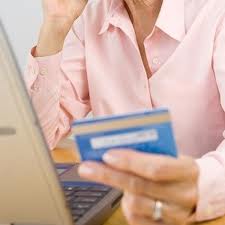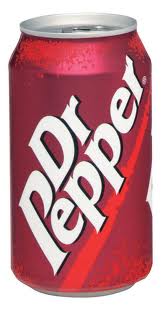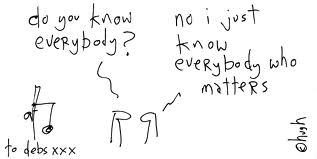 “Sales of green products will not become commonplace until suppliers give consumers better price incentives in-store and online to follow their consciences,”
“Sales of green products will not become commonplace until suppliers give consumers better price incentives in-store and online to follow their consciences,”
Bruce Fair, Kelkoo Managing Director
Despite of the recent ecological disasters and constantly increasing environmental awareness, the green retail market holds only a small percentage of the total retail purchases in Europe. Although the total green sales have increased by 114% since 2000, the market accounted for only 2.5% of total European retail sales in 2009. This is not highly surprising, considering that the European consumers are charged on average 46% more for green non-food items and 25% more for green food items than for standard products.
Increasing green demand
However, according to the “Centre for Retail Research Green Buying Guide,” a study conducted in 2010 for Kelkoo, it is predicted that green product purchases will double from 56 billion Euros to 114 billion Euros by 2015, capturing a 5% share of the European retail market. The price of green products will also decrease by 13% by 2012, decreasing the price difference from 46% to 40,5%.
European households will increase their green spending from 386 Euros to 751 Euros per year by 2015. Germany (30.2 billion Euros), France (21,7 billion Euros) and the UK (19,8 billion Euros) will keep their position as the biggest green economies, while Switzerland (1133 Euros/household), Sweden (873 Euros/household) and Denmark (843 Euros/household) have the highest green spending per household in Europe.
Price main obstacle for purchase
The green market in overall has been increasing due to change in consumer attitudes and behaviour, government and company environmental policies and increasing environmental awareness. The main reason why it has been increasing so slowly is the cost. While demand for energy-saving products such as energy-efficient appliances and light bulbs helping consumers to save in long term has soared especially during recession, the demand for less “pocket-friendly” organic green goods has suffered. Unless suppliers make green products available at a reasonable price, the demand stays highly dependable of consumers’ buying power, however environmental friendly they might be.
Online green retail spending increasing
However, a very interesting fact that came up in the Kelkoo study is that European E-Commerce sales of green products account for 6.2% of all green retail spending with 3.5 billion Euros and is constantly increasing. Interestingly, consumers buying green products online do not do so only because they are on average 11% cheaper, but because the selection is larger than in stores close by and it results a more convenient way to purchase.
For an ecological brand Green E-Commerce might be an interesting opportunity to increase awareness and demand of the green products among environmentally friendly consumers, especially when it will decrease the dependence of the supermarkets, eco-stores and rest of the supply chain. By cutting off different providers on the way to the consumer, it is actually possible to offer the product with a reasonable price to fuel the consumer demand. Green is still fashionable and people want to buy it despite of the recession – by establishing a trustworthy online reputation through Social Media and consumer forums and by providing a convenient, user friendly e-commerce platform the green brand is able to increase its market share. Not only in one country, but across Europe.
However, in the time of green-washing it is very important to create a believable eco-brand. Discover the top tips here.






